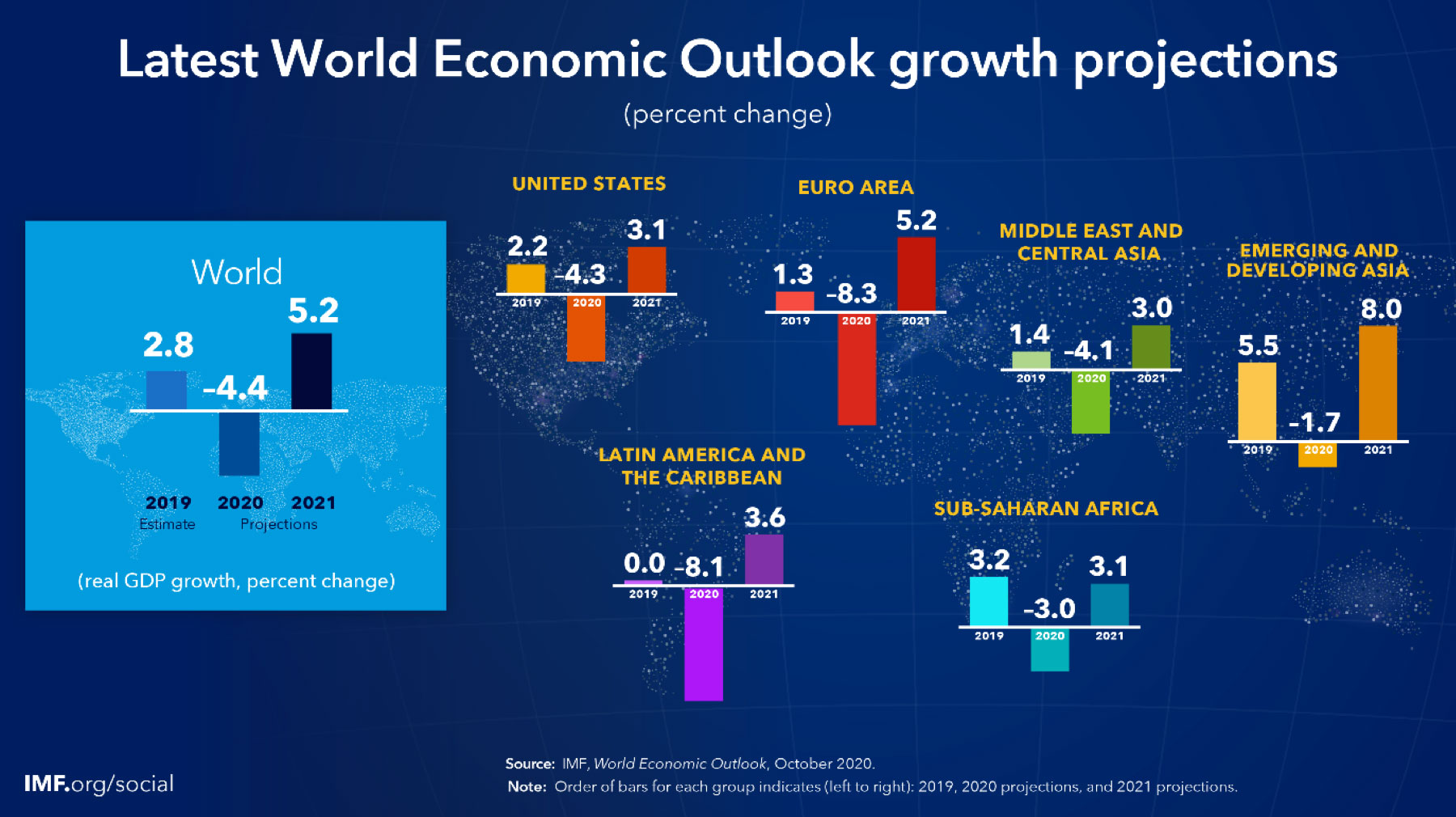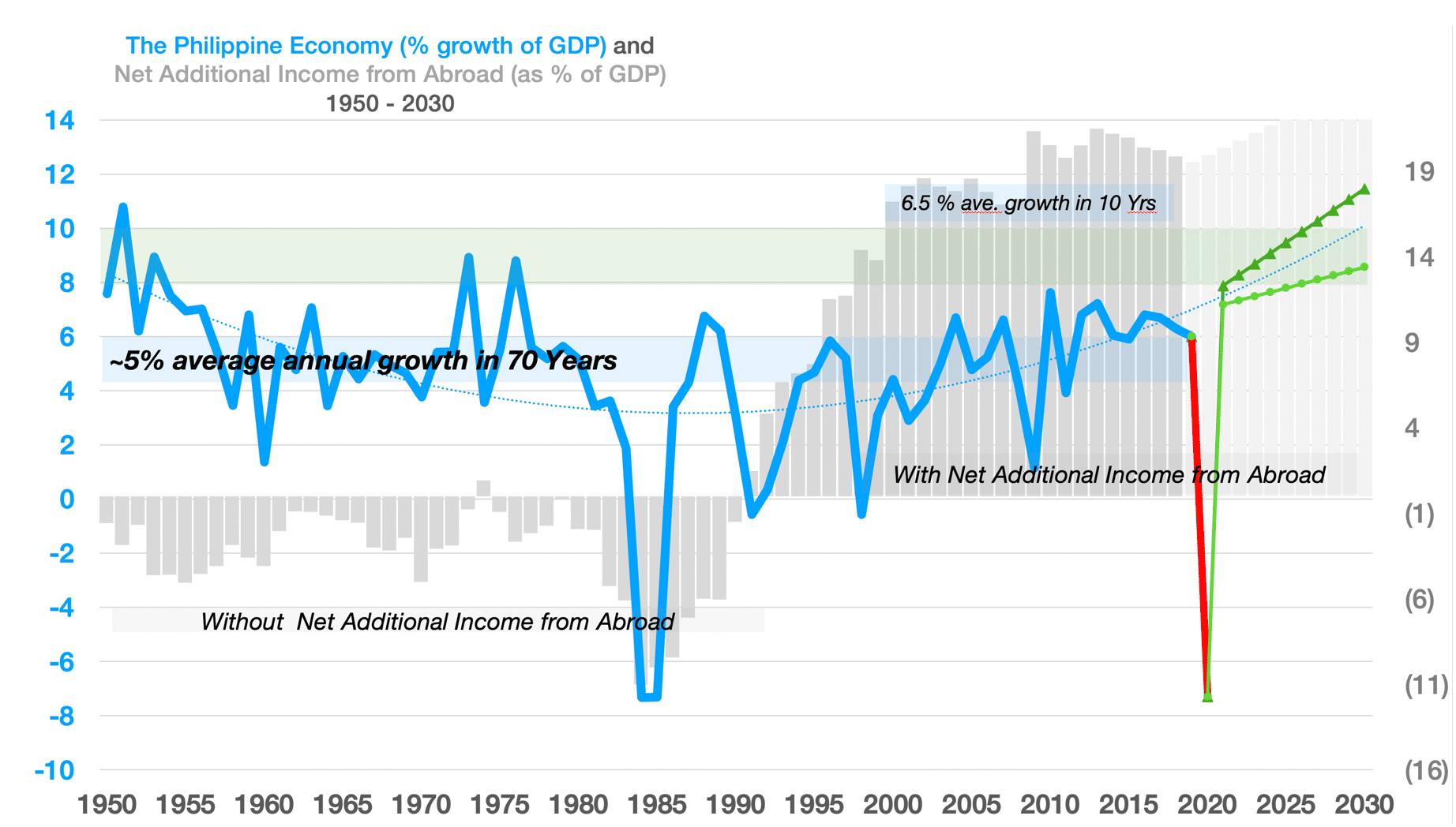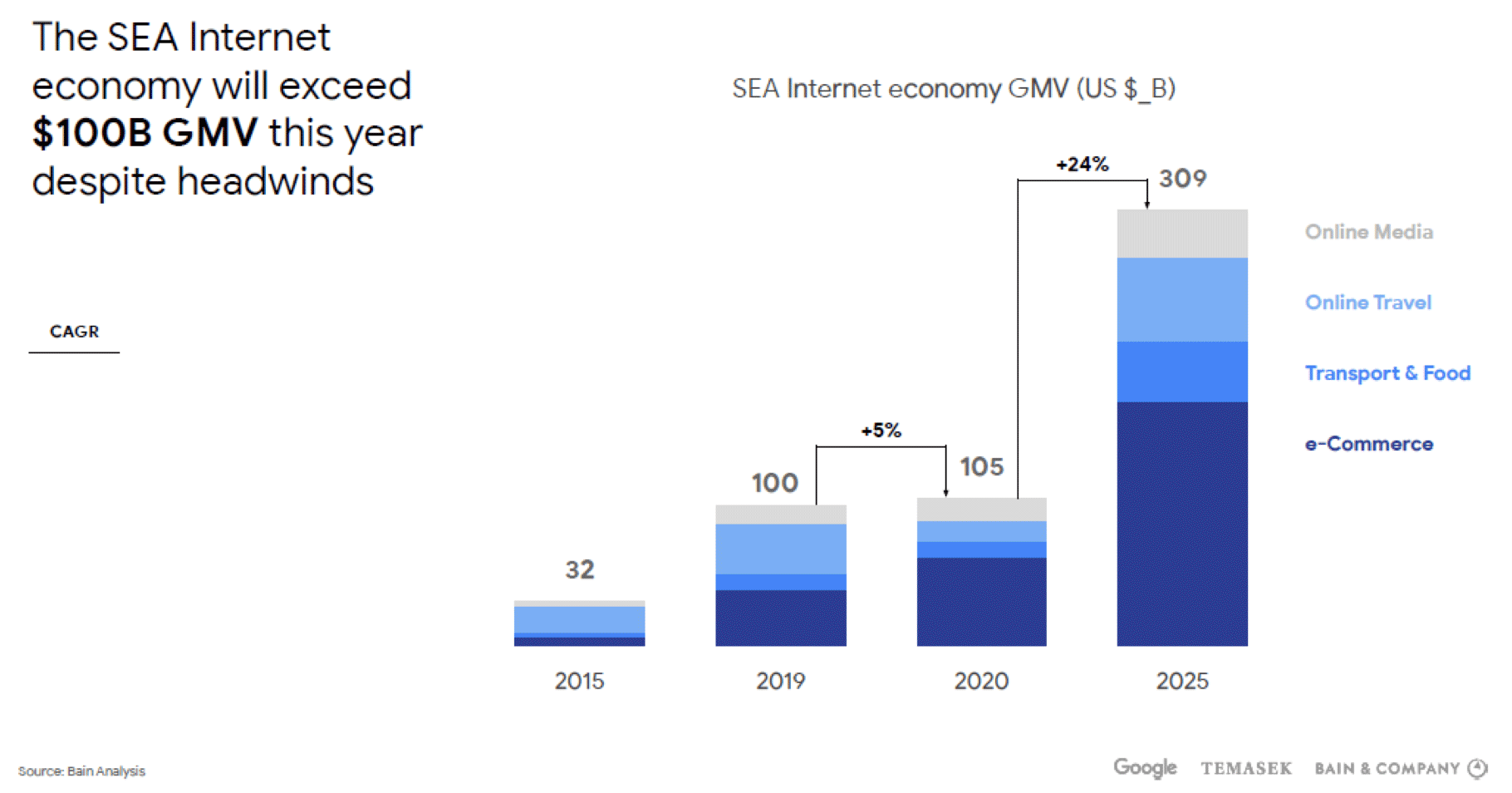Understanding E-commerce in the Philippines
Environment of the Roadmap
National and Global Environment
Latest World Economic Outlook growth projections

Expectations of a worldwide growth contraction are raised amidst the COVID-19 pandemic, as economic activity, mobility, and labor markets remain depressed. This is most likely to be severe in Europe, Latin America, and the US.
Pervasive uncertainty exists due to factors such as:
- Length of lockdowns depending on the ability of each country to control virus spread
- Availability of employment for displaced workers
- Dampened consumer spending due to social distancing measures
- The ability of businesses to reconfigure operations and adapt to new normal
- Risk-aversion of banks, investors, and consumers due to the bleak economic environment
- Cross-border spillovers
ICT-ready nations have countered economic shocks from the pandemic by using technology to sustain business operations and transactions. However, even with advances in technology, developed economies with aging populations are limited by their slower consumption patterns and the heavy burden of public transfers to older citizens.
Historical Gross Domestic Product of the Philippines

The Philippines is one of the fastest-growing emerging markets, with its gross domestic output (GDP) growth ranging between 6-7% in the last 10 years. This is buoyed by:
- A young and vibrant population
- High domestic demand, with household consumption contributing the most to GDP
- Improving savings rate and investment spending,
- Rising infrastructure spending across regions,
- Employment gains,
- Lowering inflation, low-interest environment, and stable exchange rate
- Significant net additional income from Filipinos working abroad
While our financial strength is evident in our falling debt to GDP ratio, and rising foreign direct investments (FDI), supported by improvement in ease of doing business, factors that dampen economic growth remain. These include low agricultural productivity, obstacles to doing business, shortage of technical skills, high frequency of natural calamities, high rates of electricity, and residual corruption.
Global e-Commerce
The United Nations Conference on Trade and Development (UNCTAD) estimates that e-Commerce sales contributed $29 trillion or 36% of global GDP in 2017. This can be attributed to the availability of more affordable and reliable ICT and internet connectivity, giving consumers and businesses access to markets and information.
Apart from technology, social adoption hinged on education and security, facilitative legal and institutional environment, and efficiency of payment and delivery systems contribute to the expansion of e-business.
Southeast Asian Internet Economy, GMV (US$_B)

In Southeast Asia, the internet economy, comprising internet retail, online travel, ride-hailing, and online media, continues to grow at an unmatched pace. Indonesia and Vietnam lead the pack, leveraging their sizeable market base and fast adoption of digital payment to attract entrepreneurial startups and investors. Singapore, on the other hand, continues to compete as a regional gateway, banking on its world-class business environment and architecture to attract internet unicorns.
As growth in cross-border B2C trade expands, hindrances to regional trade are brought to light. Common concerns include internet access, cybersecurity, customs rules and taxation, and the returns process. All these points towards the need for regional investment in connectivity, not just in terms of technology and infrastructure, but also in the necessity of forming regionally recognized cross-border standards and regulations.
e-Commerce in the Covid19 Pandemic
Even though the COVID-19 pandemic has reversed the gains in poverty reduction, it has also highlighted the growth opportunities offered by digitalization,” according to ADB Chief Economist Yasuyuki Sawada as cited by Ordinario (2021). Digitalization and e-Commerce became the default solutions to challenges brought by the pandemic. The sudden growth of innovation and technological adoption was evident as seen in the surge of demand for online shopping and services, as well as the adoption of new digital models of doing business. And based on the Digital Economy Compass 2020 by Statista there was an increase in media usage due to the decrease in mobility and travel opportunities.
According to the DTI-initiated rapid assessment survey on e-Commerce and the use of internet for business in 2020, most businesses were not engaged in e-Commerce prior to the Enhanced Community Quarantine (ECQ). And because of the pandemic and the closing of businesses there was a decrease of more than 50% in the total sales of the businesses which led to the adoption of e-Commerce. The DTI Business Name Registration Division reported a total of 88,574 newly registered business names for online stores at the end of 2020. And there was a 4,953% increase from the 1,753 registered business names for online stores recorded in January to March 15 before the government placed Metro Manila and a large part of the economy under quarantine.
One glaring fact is that while adoption of online services was faster in developed countries with digital platforms and integrated supply chains, emerging economies have experienced various challenges in the adoption of e-Commerce. Some of the opportunities and obstacles of e-Commerce growth in the face of the global pandemic include:
